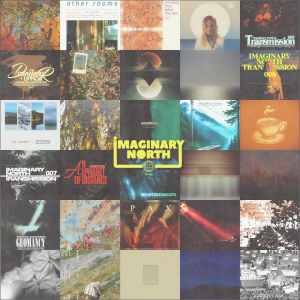‘When musicians play music, they play with sound. Play is the key activity. Like a child with paint or clay—you start with nothing and you become focused on a colour, a form and tool of sculpture. It starts with a sound, its form and function laid bare. I let it play repeatedly and respond to the emotions it conjures within me. You wonder what it can do, where it can be taken.’ (David Newman, 15 Questions to Autistici)
19th century French poet Comte de Lautréamont’s Les Chants de Maldoror contained a memorable simile ‘…beautiful as the chance meeting on a dissecting-table of a sewing-machine and an umbrella.’ Adopted by the early Surrealists, it captured the spirit of the movement—the felicitous juxtaposition of the seemingly incongruent it embodied. Thoughts turned to this in contemplating everyday entities like batteries and radiators in musical couplings in Autistici’s Attaching Softness, a set of playful audio-documentary musical narratives from Sheffield-recording (geddit?) composer David Newman. Surfing boundaries between sound and music, natural and designed, the Audiobulb curator’s vignettes make exploratory play between sound and space, one of which being the head-space where semiotic resources are activated.
Newman tinkers with natural and industrial sources, rendering everyday objects sites of inquiry in encounters with synthetics and treated instruments. The Tinkerman’s sleight of handling of materials is no random assembly or chance juxtaposition—in which respect it departs from the surrealist credo of unfiltered expression given to a notional ‘unconscious.’ On the contrary, for Autistici: ‘…interest in the material stimulates my ‘critical ear’ to inform, shape and supervise the audio output. There is a stream of consciousness; there is a sense of dissociation from the outside world, a complete immersion in the sound. […] a sense that something is being resolved within me as I manipulate the sounds to form a cohesive narrative.’ (David Newman, 15 Questions to Autistici). Sound sources may be explicit, as in “Battery Setup in a Forest Clearing,” as if provocateur-ially demystifying—the skeleton seen through the skin, quiet field recordings slowly evolving in a quiet bright synth-coloured drone. Or they may be more hermetic, like “Blanket and Radiator” (with Henri Duclos), which hosts a quiet soundworld teeming with small noise and glitch insurgents—a world where the sonic is maxed out. Centrepiece “Attaching Softness to a Shell” realizes the musicality of natural sounds–hurricane-related data sourced by Prof. Andrea Polli—in a setting of pitch and rhythm. An errant interlude follows in “Blue Stem Sister,” a fragment bearing Calika‘s broken beat stamp, and “Projections from a Prayer” likewise eschews center for unmoored drift. Design has the last word, though, on “Meditation on Distance,” sounding objects colluding to throw up rhythms alluding to a mutant mnml-ist mien. It unfolds in creeping slow-mo episodes, here taking in ambient, drone and lowercase, there field recordings dominating, elsewhere with more space for modal synthetic figures.
Attaching Softness is presided over by a light touch intelligent design, felt in the way a given setting of real-world elements has been layered and sequenced, or accompanied. Or not. There’s a keen sense of sound’s potential to be found, and, being found, made music, each detail potentiated—for preservation or loss, resolution or blur, not so much ‘any sound you like’ as ‘any audio element composable.’ In closing, this, from a spiritual forebear, seems apposite: ‘If you develop an ear for sounds that are musical it is like developing an ego. You begin to refuse sounds that are not musical and that way cut yourself off from a good deal of experience.’ (John Cage)
Attaching Softness is available on Audiobulb.






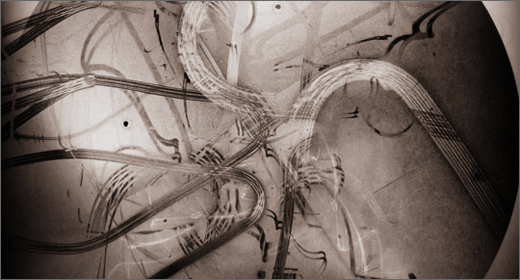


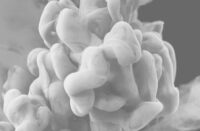



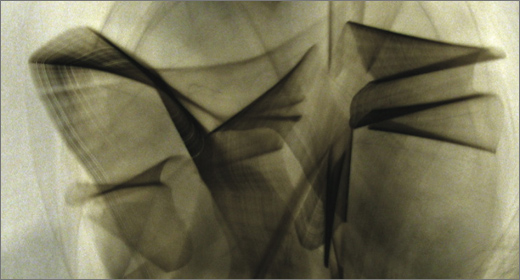

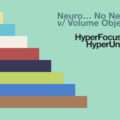



![Squaric :: 808 [Remixes] (Diffuse Reality) — [concise]](https://igloomag.com/wp/wp-content/uploads/2025/04/squaric-808-remixes_feat-75x75.jpg)






